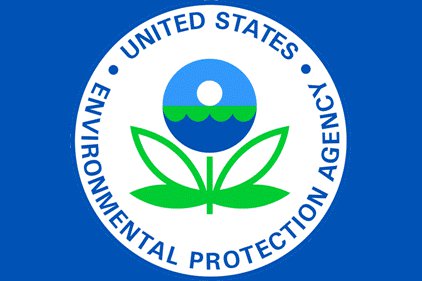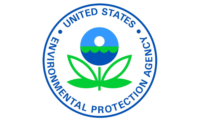Tyson Foods, EPA reach settlement over ammonia releases in multiple states
One fatality, multiple injuries from leaks

 The EPA and the U.S. Department of Justice have announced a settlement with Tyson Foods, Inc. and several of its affiliate corporations over incidents in which anhydrous ammonia was released at facilities in Kansas, Missouri, Iowa, and Nebraska, resulting in multiple injuries, property damage, and one fatality.
The EPA and the U.S. Department of Justice have announced a settlement with Tyson Foods, Inc. and several of its affiliate corporations over incidents in which anhydrous ammonia was released at facilities in Kansas, Missouri, Iowa, and Nebraska, resulting in multiple injuries, property damage, and one fatality.
In a May 25, 2012 incident in Nebraska, 40 workers were taken to local hospitals and treated for chemical inhalation. Approximately 150 people were in the plant at the time of the toxic release.
Anhydrous ammonia is a poisonous gas and considered an extremely hazardous substance. Exposure to vapors can cause temporary blindness and eye damage, as well as irritation of the skin, mouth, throat, respiratory tract and mucous membranes. Prolonged exposure to anhydrous ammonia vapor at high concentrations can lead to serious lung damage and even death.
Clean Air Act (CAA) settlement
Cynthia Giles, assistant administrator for EPA’s Office of Enforcement and Compliance Assurance said the Clean Air Act (CAA) settlement “will ensure the proper safety practices are in place in the future to protect employees, first responders, and communities located near processing facilities from the threat of dangerous chemical releases.”
Tyson facilities throughout Kansas, Iowa, Missouri, and Nebraska use anhydrous ammonia.
Ignacia Moreno, assistant attorney general for the Justice Department’s Environment and Natural Resources Division, said the settlement will make the communities surrounding the 23 facilities safer and will also provide emergency response equipment for first responders dealing with chemical releases.
“The requirements of this agreement, which include comprehensive third party audits, will help mitigate the impact of releases of anhydrous ammonia by ensuring compliance with the Risk Management Program under the Clean Air Act,” said Moreno.
Third-party audits required
Under the terms of the consent decree, Tyson is required to conduct third-party audits of its current compliance with the CAA’s Risk Management Program requirements at all 23 facilities in Kansas, Iowa, Missouri, and Nebraska. The third-party auditors must have expertise in ammonia refrigeration systems, be recognized experts in risk management program compliance, and be approved by EPA. Tyson must correct any violations discovered in the audits and certify the completion of the work. Tyson has also agreed to test certain piping used in its refrigeration systems at the 23 facilities to identify any problems that may have led to accidental releases and to replace any non-compliant piping.
Under the consent decree, Tyson will pay a $3.95 million penalty. Tyson has also agreed to implement a supplemental environmental project to purchase $300,000 worth of emergency response equipment for first responders in communities with significant environmental justice concerns in which Tyson operates facilities. The equipment will assist responses to emergencies involving chemicals that are regulated pursuant to the CAA Risk Management Program, including anhydrous ammonia.
The Clean Air Act’s Risk Management Program (Section 112(r)) requires owners and operators of facilities that exceed a threshold quantity of a regulated substance, such as anhydrous ammonia, to develop and implement a risk management plan that must be submitted to EPA. The 23 Tyson facilities named in the consent decree are subject to the regulations because the refrigeration systems at the facilities each contain more than 10,000 pounds of anhydrous ammonia. The facilities have a combined inventory of more than 1.7 million pounds of anhydrous ammonia.
Tyson Foods, Inc. is headquartered in Springdale, Ark. and is the world’s largest processor and marketer of chicken, beef and pork.
The proposed settlement lodged in the U.S. District Court for the Eastern District of Missouri, is subject to a 30-day public comment period and final court approval.
More information: www.epa.gov/enforcement/waste/cases/tysonfoodsinc.html
Looking for a reprint of this article?
From high-res PDFs to custom plaques, order your copy today!








